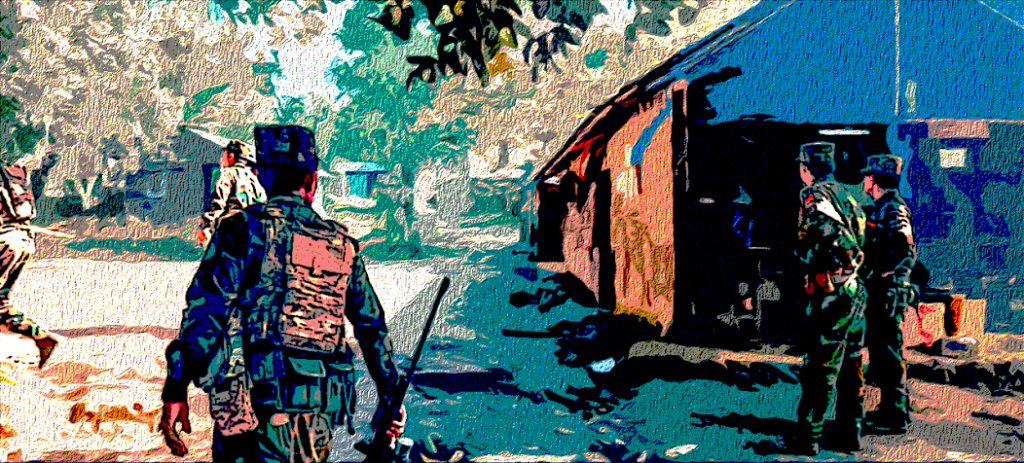Myanmar Spring Chronicle – December 13
MoeMaKa, December 14, 2023
Urban Warfare Unfolds & The Strategic Shift: Cities Caught in the Crossfire
In the wake of the Kokang Armed Forces’ joint operation by the 3 Northern Brotherhood Alliances (MNDAA, TNLA, and AA), battles for city capture have intensified over the past month and a half. Numerous towns, including Chinshwehaw, Monekoe, Hpawnghseng, Kawlin, Rikhawdar, Khampat, Kunlong, Namhkam, and Mone, have fallen under the control of ethnic armed groups and the People’s Defense Forces (PDF) affiliated with the National Unity Government (NUG). While some cities like Loikaw, Pauktaw, Tigyaing, and Kawkareik resisted complete capture, intense battles ensued, resulting in partial recapture by the military council.
City capture battles symbolize the removal of administrative power from the military council and the opposition’s territorial control. The success of the NUG in these battles signifies a significant shift, demonstrating its ability to politically and militarily dominate urban areas. Although the People’s Defense Organization (PaKaFa) under the NUG cannot independently secure cities, its involvement signals a noteworthy political and military shift.
After the capture of Kawlin, PaKaFa and PaAaFa are presumed to be assuming administrative responsibilities. Residents are unable to return to normalcy as fighting may escalate further. Contrarily, towns like Rikhawdar and Khampat, while also under military council attack, see residents continuing their daily lives with the constant threat of fleeing if the military council strikes again. City capture battles involve intense fighting, airstrikes, and fire damage, evident in Loikaw, Tigyaing, and Pauktaw. Given Loikaw’s status as the state capital, the military council persists in defending it, resulting in a month-long struggle.
While the capture battles evoke motivation for onlookers, residents face uncertainties. The unpredictability of attacks prompts sudden evacuations, leaving citizens with minimal time to gather belongings. The elderly and those unable to escape are particularly vulnerable. In city conflicts, both military council troops and revolutionary forces seize high-ground positions, attacking and resulting in the regular burning of markets and homes. Determining the true cause of these fires becomes challenging, as it could be the aftermath of weapon impact or deliberate arson to erase looting evidence.
Residents may grapple with mixed feelings as city capture battles progress. Morale to support the battles coexists with the stark reality of losing homes, businesses, and property. For military council troops unconcerned about city destruction, air attacks and ground operations involve the destruction and looting of valuable assets. Residents, however, may ponder whether these battles, and the subsequent devastation, are necessary.
Revolutionary forces face crucial questions regarding the conditions for city capture battles, strategies in the event of repeated failures, and post-capture maintenance. Clear communication and organization are vital to address residents’ concerns and present effective response plans, ensuring understanding and support during these challenging times.

